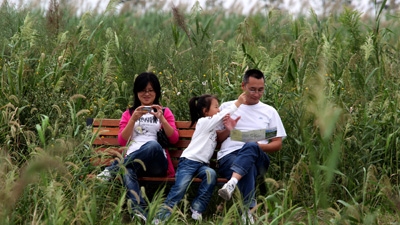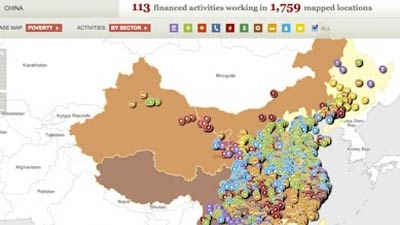Challenge
Ningbo, a port city located on China’s east coast in Zhejiang Province is an economic powerhouse. However, in 2005, the city faced a two dimensional water crisis – frequent shortage and poor water quality which impeded economic growth and endangered public health. The Ningbo Water Supply Company (NWSC) drew water primarily from highly polluted local rivers and used outdated treatment technology that limited the quality of piped water. Due to lack of storage of reservoirs and reliance on local rivers, Ningbo City often experienced water shortages during the dry season.
Cixi City, located north of Ningbo City on the shore of Hangzhou Bay, has a rapidly expanding economy. But only ten percent of its wastewater was treated in 2005, and heavy pollution loads were flowing directly to the environmentally sensitive Hangzhou Bay, creating environmental and public health concerns, and inhibiting potential investments.
Solution
The project was designed to facilitate the expansion and quality of water and wastewater services in an economically efficient and environmentally sustainable manner, by increasing the percentage of water supplied from high quality and reliable water sources and treatment plants in Ningbo City, and increasing the percentage of wastewater collected and treated in Cixi City.
The project financed investments in a water supply line consisting of a water intake tower and a tunnel, a water treatment plant, and treated water transmission pipes in Ningbo City, and two water treatment plants, sewers, and pumping stations in Cixi City. In addition, the project provided technical assistance to improve water planning, utility price and service regulation, and to enhance the operational and business management capacities of the Ningbo Water Supply Company and Cixi Municipal Sewage Company.
The operation financed under GEF supported a constructed wetland designed to provide tertiary treatment for North Cixi wastewater treatment plant, restored natural wetlands in Hangzhou Bay and established an educational and research center for wetland management.

